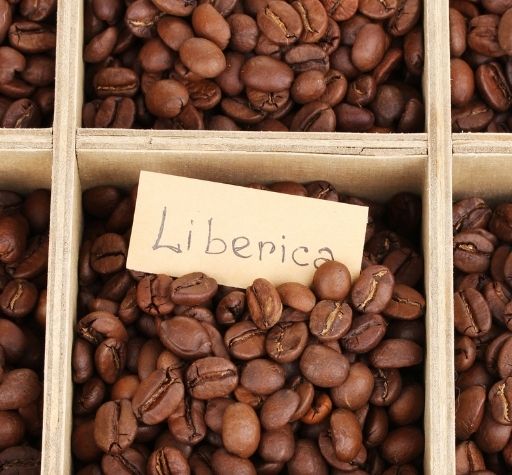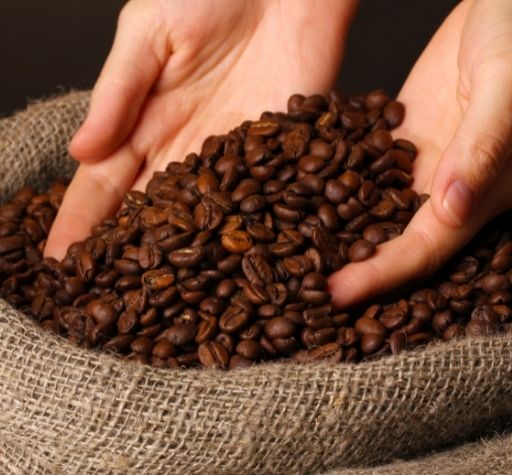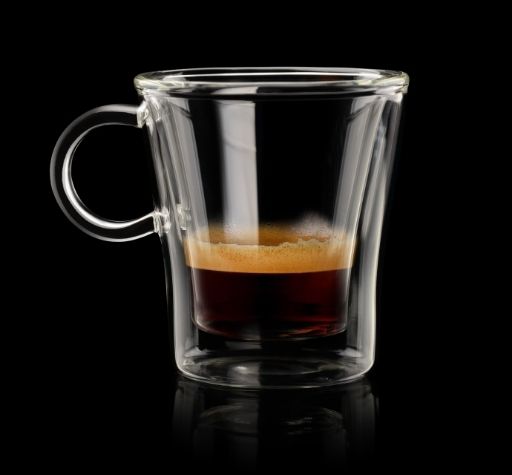In the realm of coffee beans and coffee production, arabica and robusta have almost always been the stars of the show. Arabica is #1 in terms of popularity and production, while robusta is in second place. So when people talk about coffee beans, it’s usually about these two alone. But, lately, liberica has been popping up—more people want to know more.
Liberica is not as popular, but it did have its moment in the sun in the 19th century because of an outbreak of “coffee rust”—a fungus that killed off arabica plants almost to the point of extinction. Once the bout was over, the demand for arabica increased yet again, and unfortunately, liberica fell to the background. It maintained its popularity in Southeast Asia, but the Western world carried on with the arabica.
This article will shed some light on what liberica is, what makes it unique, and why you should give it a try.
Origins of Liberica
The history of liberica is one of many journeys. It got its name from its country of origin, Liberia in West Africa. It found its way to Southeast Asia through colonization. Liberica has been around for many years, but for various reasons, remained in the background. Its popularity grew in the 19th century as a substitute for arabica. As mentioned, there was a coffee rust outbreak in the 19th century, which affected the supply of Arabica beans worldwide. The liberica plant is resilient against this plague and thrived in lower altitudes, making it a good substitute for arabica. When the outbreak ended, the demand for Arabica increased again, which unfortunately pushed liberica to the background.

Liberica has a complex flavor profile. Right off the bat, one will notice the strong woody and smoky aroma and flavor. It’s pretty intense, so much so that if it’s not prepared or roasted well, it will taste like burnt wood or tobacco. It is an acquired taste, but many people prefer this taste, especially those in Southeast Asia. Imagine waking up early in the morning, having a coffee, and being jolted by the strong taste!
It is highly sought after throughout the rest of the world, where liberica is not yet readily available. In those places, consumers want it because it is rare. Some suppliers produce a single-origin variety (as in kapeng barako from the Philippines), but some roasters combine it with other beans to add layers of flavor.
Liberica vs Robusta vs Arabica
There are three coffee varietals in circulation at the moment. The widely popular arabica and robusta have always been famous for coffee producers, roasters, and manufacturers. However, liberica is proving to be worthy of consideration. Just because it’s not popular doesn’t mean you should dismiss it just yet!

Each species of coffee has something unique to offer. Here are some descriptions:
Arabica (Coffea arabica)
Coffea Arabica is the most widely produced and consumed type of coffee globally. About 70% of the world’s coffee is arabica. It is known for its distinctly sweet, fruity, and slightly acidic flavor. The beans have a round shape and look somewhat greasy. It grows and thrives in high altitudes and cooler temperatures.
Robusta (Coffea canephora)
Coffea canephora is the second most popular type of coffee being produced globally. It is characterized by the larger size of beans, which look a little dry. It is known for its chocolatey, woody, and full-bodied flavor. Likewise, the intensity of the flavor is an excellent complement to sugar and milk, which is why it is often used in 3-in-1 coffee. It has a higher caffeine content compared to arabica. This caffeine helps protect the plant from diseases. Robusta. The coffee is known for being smooth, with low acidity.
Liberica (Coffea liberica)
Coffea liberica is the rarest among the three coffee varieties. It accounts for less than 2% of the global coffee supply. It is regarded for its woody and smoky notes and intense aroma. Some have said that Liberica can be used to make espresso. The Liberica plants look more like trees, and beans tend to have an irregular shape.
Excelsa (Coffea liberica var. dewevrei)
For many years, excelsa was thought to be a separate species of coffee. It was only in 2006 that this was debunked when excelsa was reclassified as a variety of liberica. Like liberica, excelsa has origins in Africa, and in now being grown and cultivated in Southeast Asia. Execelsa is known for its tart and fruity flavor, and if often used when blending beans as it adds that “different twist”.
Caffeine content
Liberica’s smoky and robust flavor tends to confuse people into thinking that it has high caffeine content. In fact, it has a lower amount of caffeine per 100g compared to arabica and robusta. In the Philippines (where liberica is cultivated and widely circulated), when people want a pick-me-up, they usually go for “Kepang Barako” because it is believed to be a strong drink. However, the “strength” is in the flavor, and not so much the actual caffeine content.
Characteristics of Liberica
A well-prepared cup of liberica coffee will taste something like this: strong and smoky flavors up front, with some fruity notes (some claim it’s more like jackfruit—a popular plant in Asia). It became popular in the Philippines in the early 2000s as local coffee suppliers and coffee shops started selling locally grown and roasted beans. Before this, liberica was often mixed with robusta because no one wanted to buy liberica.

These days, rare, unorthodox varieties for third-wave roasters are showing interest. Although it is more expensive, the flavor is said to be worth it. Although the liberica plant is more enormous than arabica’s and robusta’s and yields more beans, it’s actually quite difficult to harvest and process.
Its earthy taste is something that casual drinkers probably need to get used to. Arabica probably has a more bitter flavor. An acquired taste, but it has a strong following in the coffee community. It’s not as common as arabica and robusta. Although it is rare, it is not in danger of getting extinct. The one thing to remember about liberica is that it may not often be preferred, but it’s not in any way inferior.
Benefits to producers and suppliers
The presence of liberica promotes diversity in the coffee industry. For the longest time, only two varieties have dominated the industry. Thus, the emergence of liberica has solid implications for coffee producers and suppliers.

As mentioned in the previous sections, liberica is quite resilient to parasites and diseases. It thrives in areas with more temperate climates, such as the Philippines, Malaysia, Indonesia, Africa, and Latin America. Whereas arabica and robusta rely on strictly monitored soil quality and temperature, liberica and grow in different types of soil.
Right now, liberica is considered rare because of the low number of producers. However, the high demand for arabica and robusta is not slowing down either. If the demand for liberica grows, it will diversify the industry. Because it offers something different (not just flavor-wise), it can attract a different market. Ultimately, this is better for the environment and the industry in the long run. Hopefully, it can get to the point where liberica is not just a novelty or alternative but a fixture in all menus.
A formidable alternative
Let us get something clear: liberica coffee will not overtake the popularity of arabica and robusta anytime soon, but it’s worth giving a try. Liberica is easier to access via coffee suppliers and coffee shops in Southeast Asia, where it is primarily grown and has a strong presence. While it is harder to come by in Western countries, some coffee producers and roasters carry liberica, albeit in smaller quantities. Only time will tell how far liberica’s popularity and influence within the coffee community will go. Hopefully, with the continuous interest in the various varieties and blends of coffee in the market, liberica will hopefully be recognized for its uniqueness.
IF YOU’VE ENJOYED THIS ARTICLE, GIVE IT A PIN!


























